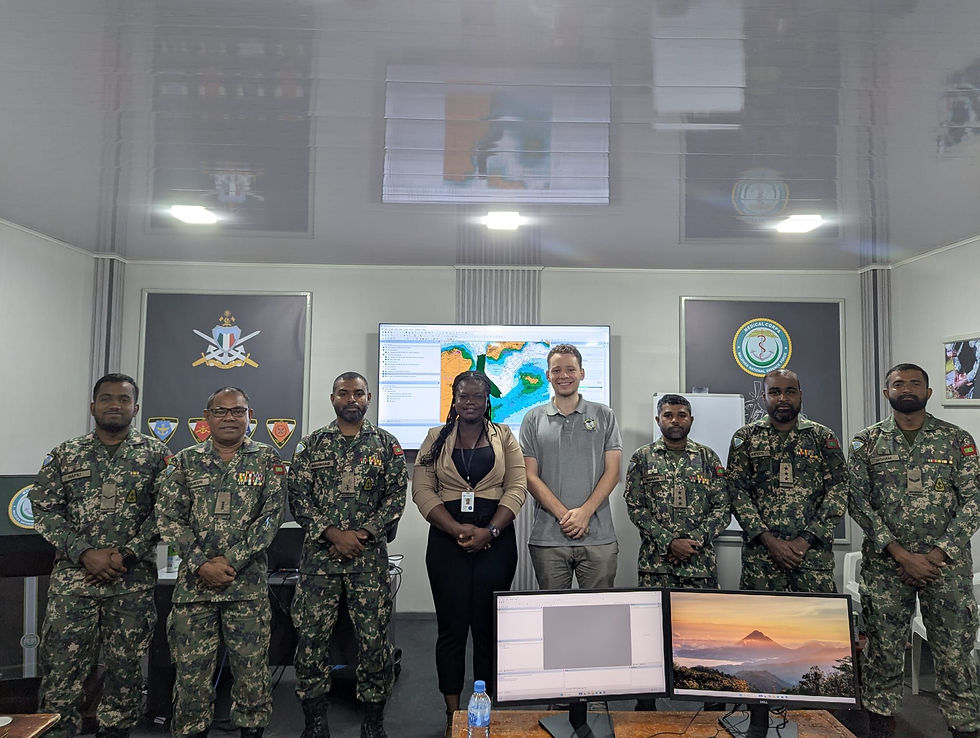Kahuto Begins Its First Multibeam Survey in the Pacific
- Jeremy Monteath
- Oct 9
- 2 min read
Seismic Asia Pacific is supporting Kahuto Pacific as they take their first steps into hydrographic surveying with a multibeam bathymetry project. Based in Fiji, Kahuto already provides aerial mapping, ground data collection, and geospatial services across the Pacific Islands. Adding bathymetric capability allows them to extend this work below the waterline and provide a more complete picture for infrastructure planning.

Pacific Island communities are increasingly exposed to cyclones, flooding, and tidal surges. Preparing for these events means understanding both the land and the seabed. Bathymetric surveys give governments, engineers, and planners the information they need to design safer harbours, stronger coastal defences, and more resilient infrastructure.
The Survey Package
For this first survey, Kahuto used Seismic Asia Pacific’s Quick Mobilisation Kit. The package is designed to be simple to deploy and includes:
NORBIT iWBMS Multibeam Sonar with integrated SBG Systems Apogee INS - delivering detailed seabed mapping with precise positioning.
NORBIT Portus Pole - a robust and portable mounting system that can be set up quickly.
AML Oceanographic Sound Velocity Profiler (SVP) - used to ensure reliable depth measurements.

Quick mobilisation setup
The kit is intended as a straightforward entry point for teams starting with multibeam surveys. With the offset calculations already taken care of, users can spend less time on setup and more time collecting and working with the data.

Developing Local Capability
The project was led by Bevan Waller together with Kahuto’s local staff. Over the course of the survey they combined training with fieldwork, building both skills and confidence in using the system. This experience will feed directly into Pacific infrastructure projects, from port development to coastal resilience planning.

Seismic Asia Pacific is glad to work alongside Kahuto in building capability in the region. Their move into multibeam surveying represents an important step for local expertise and for communities that depend on accurate knowledge of both land and sea.





